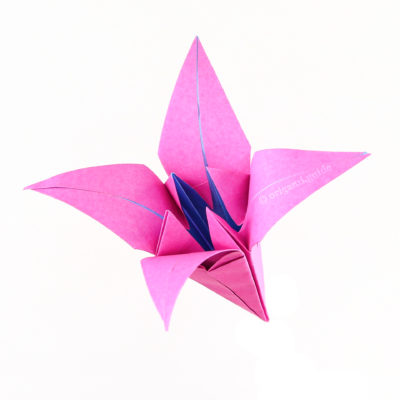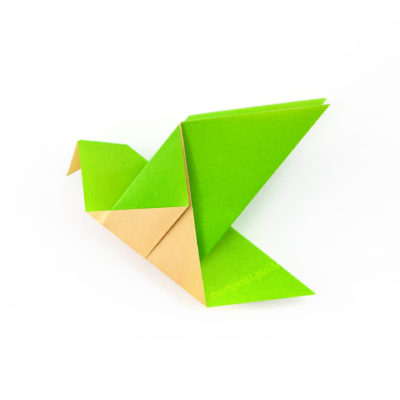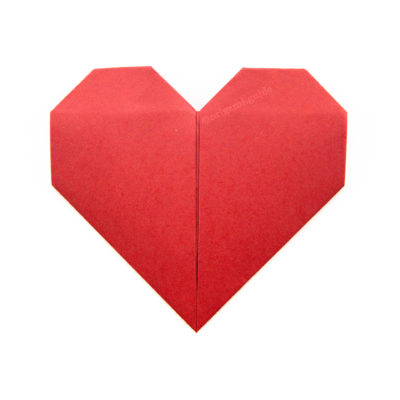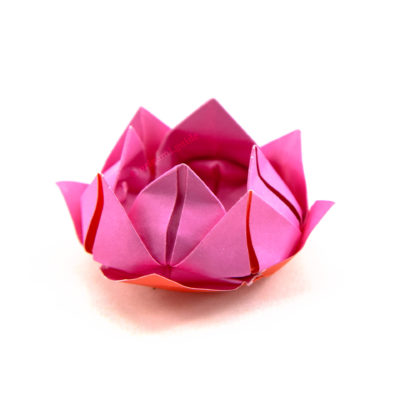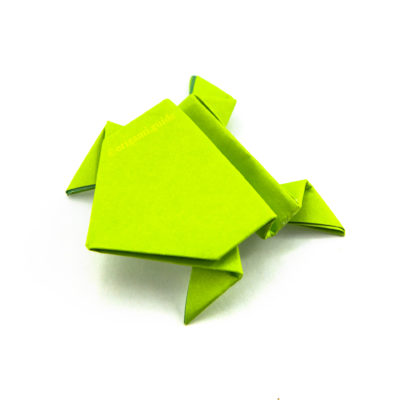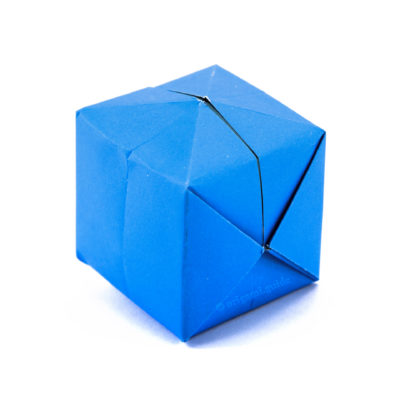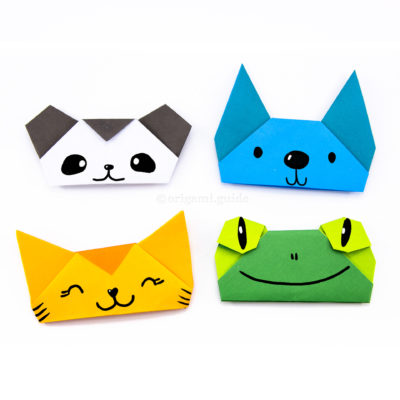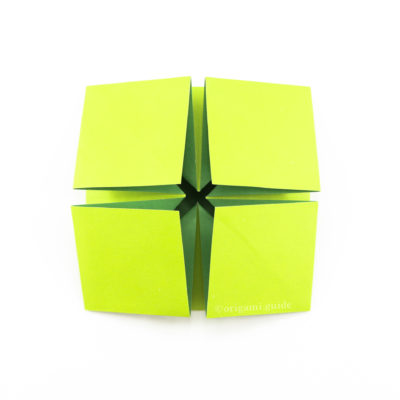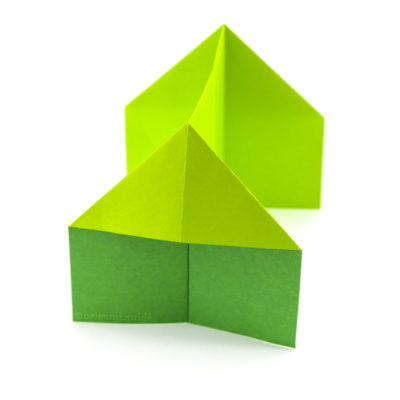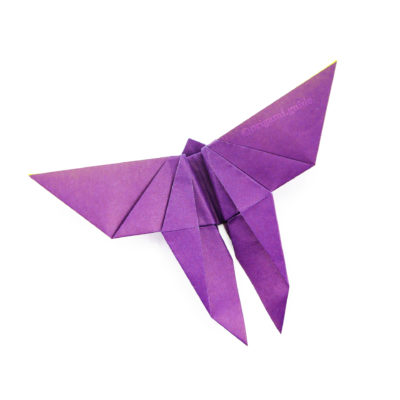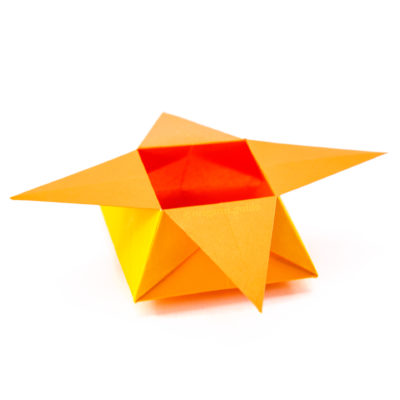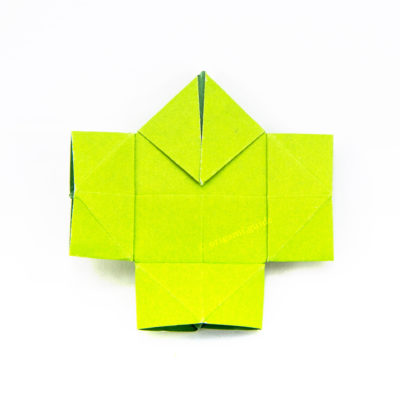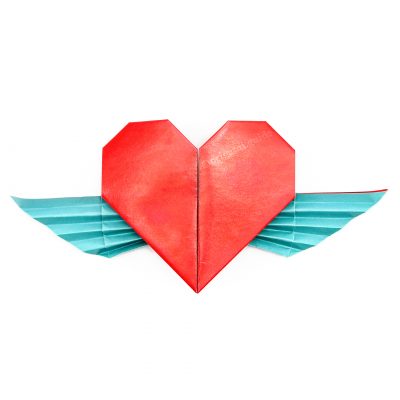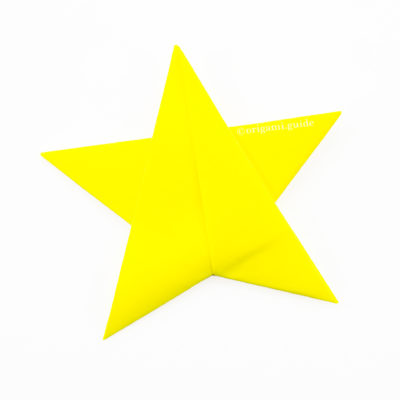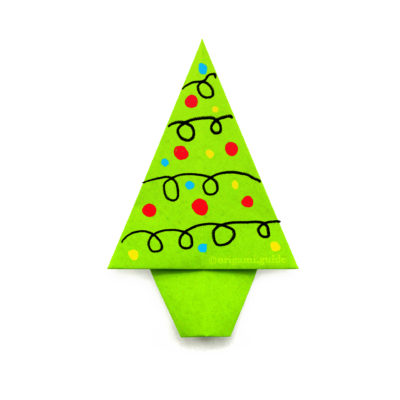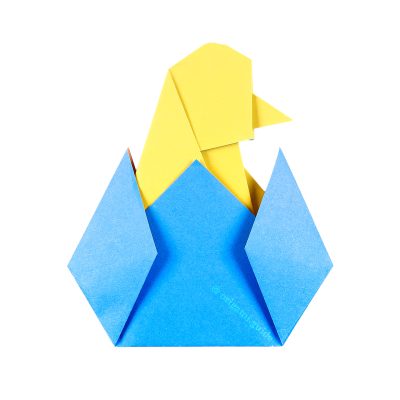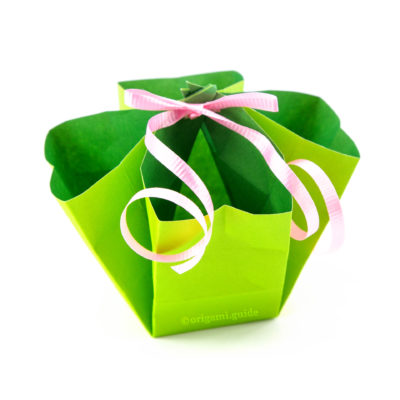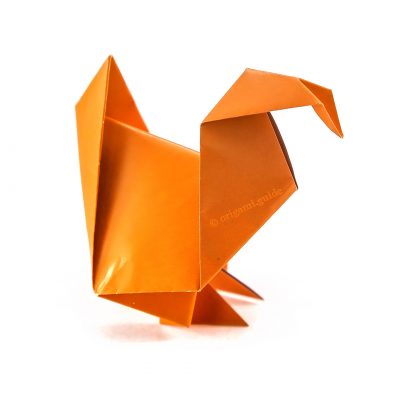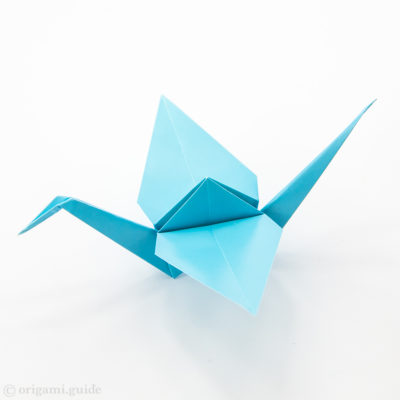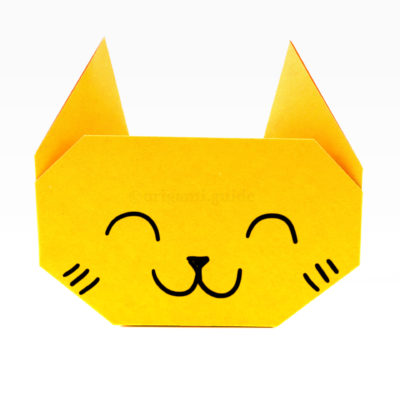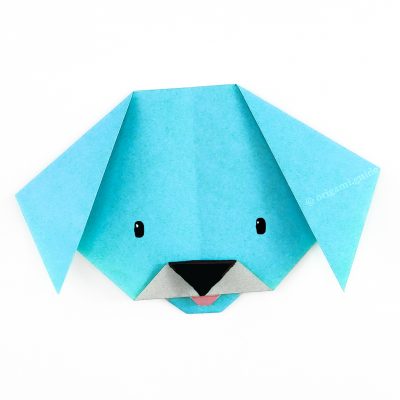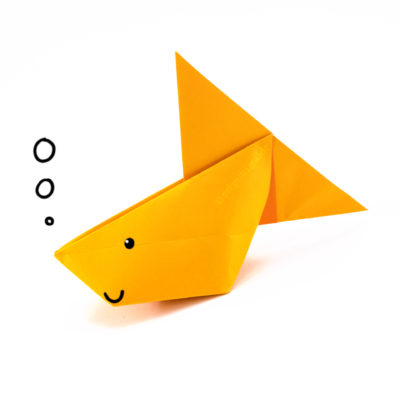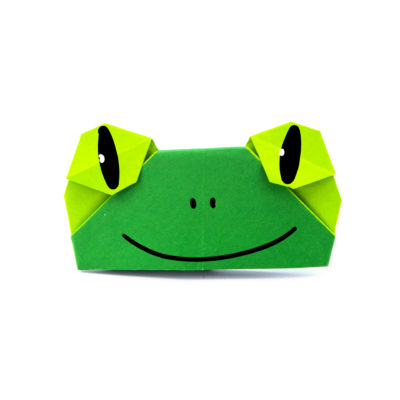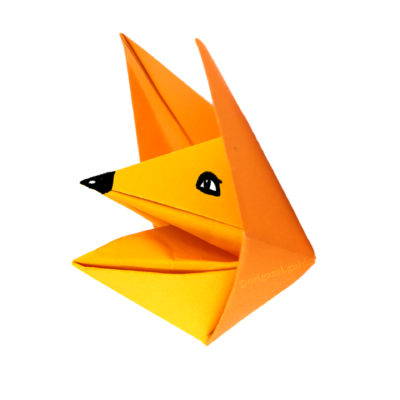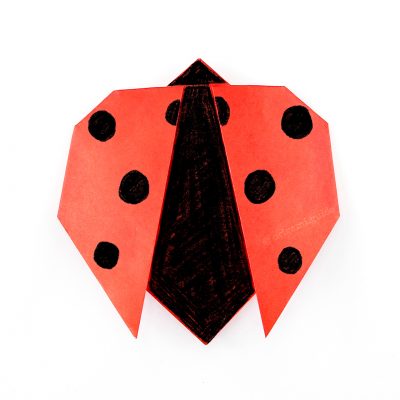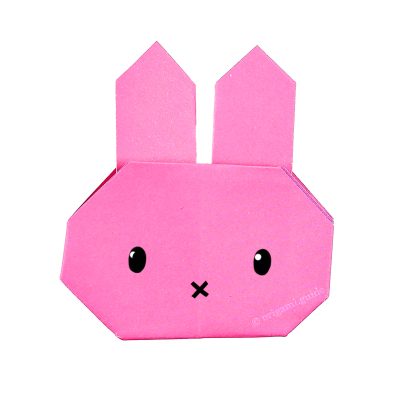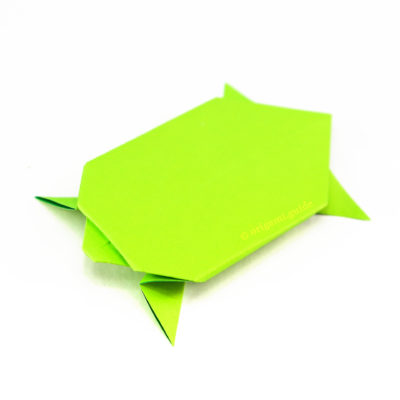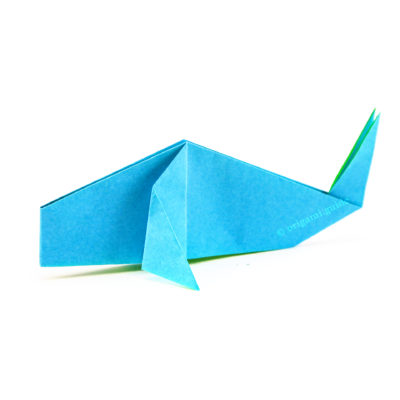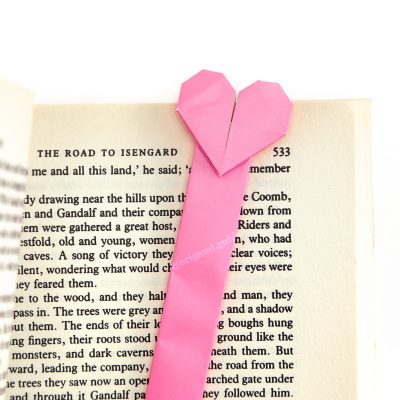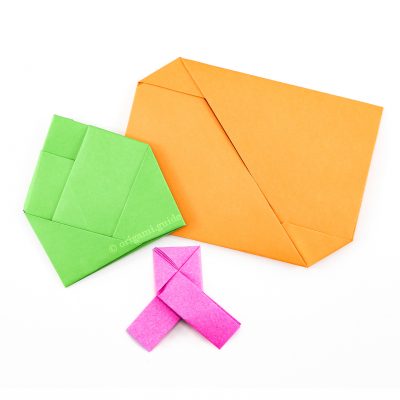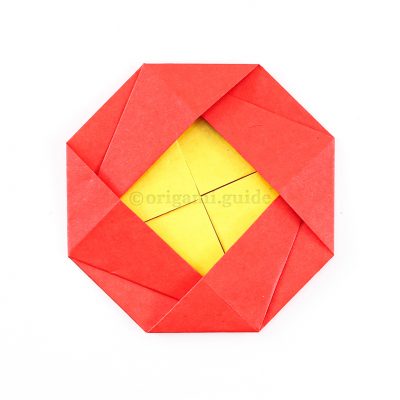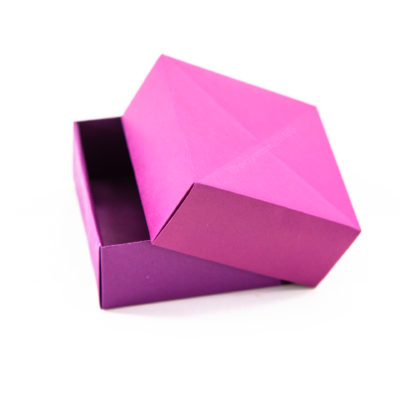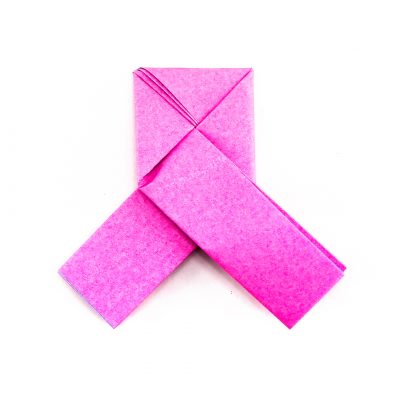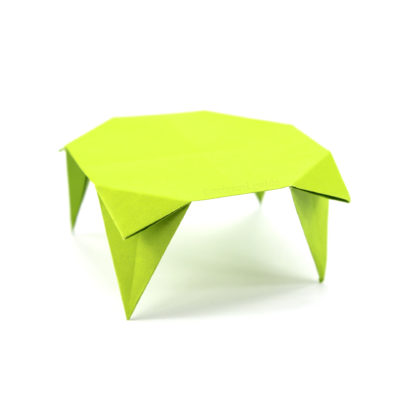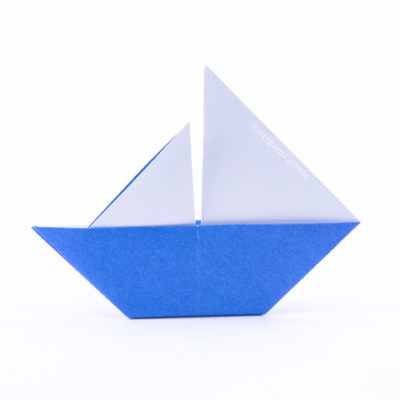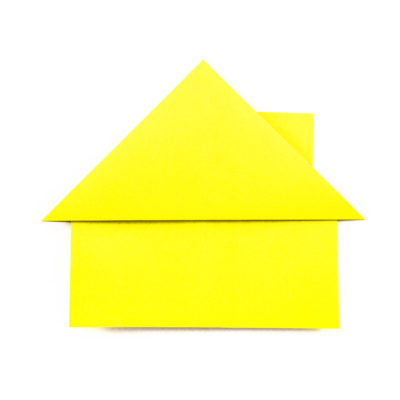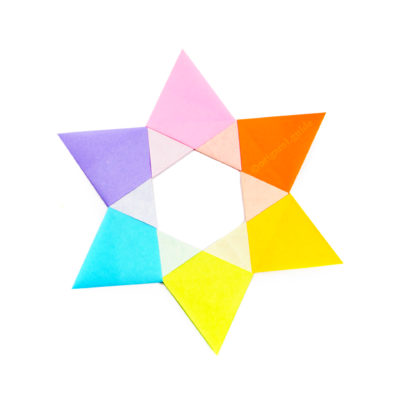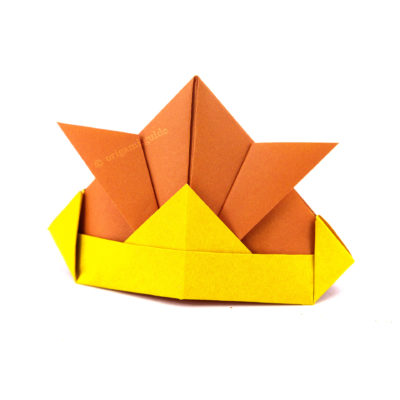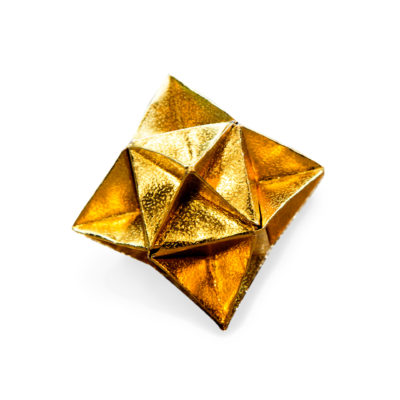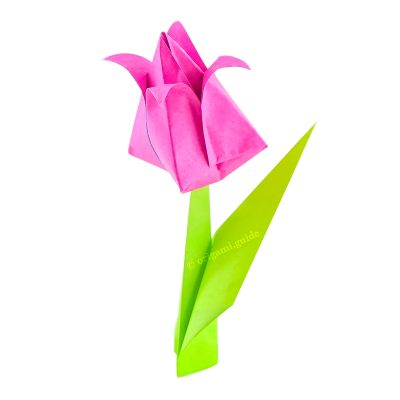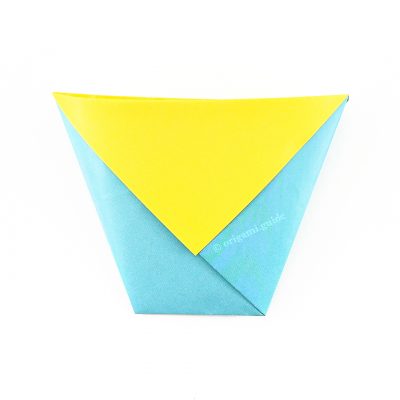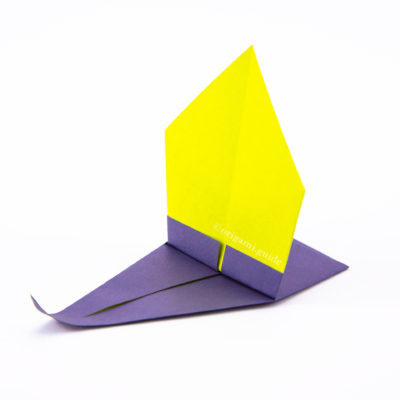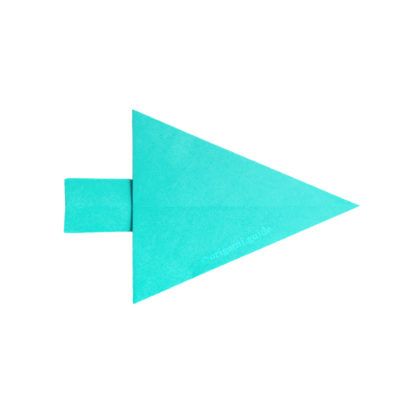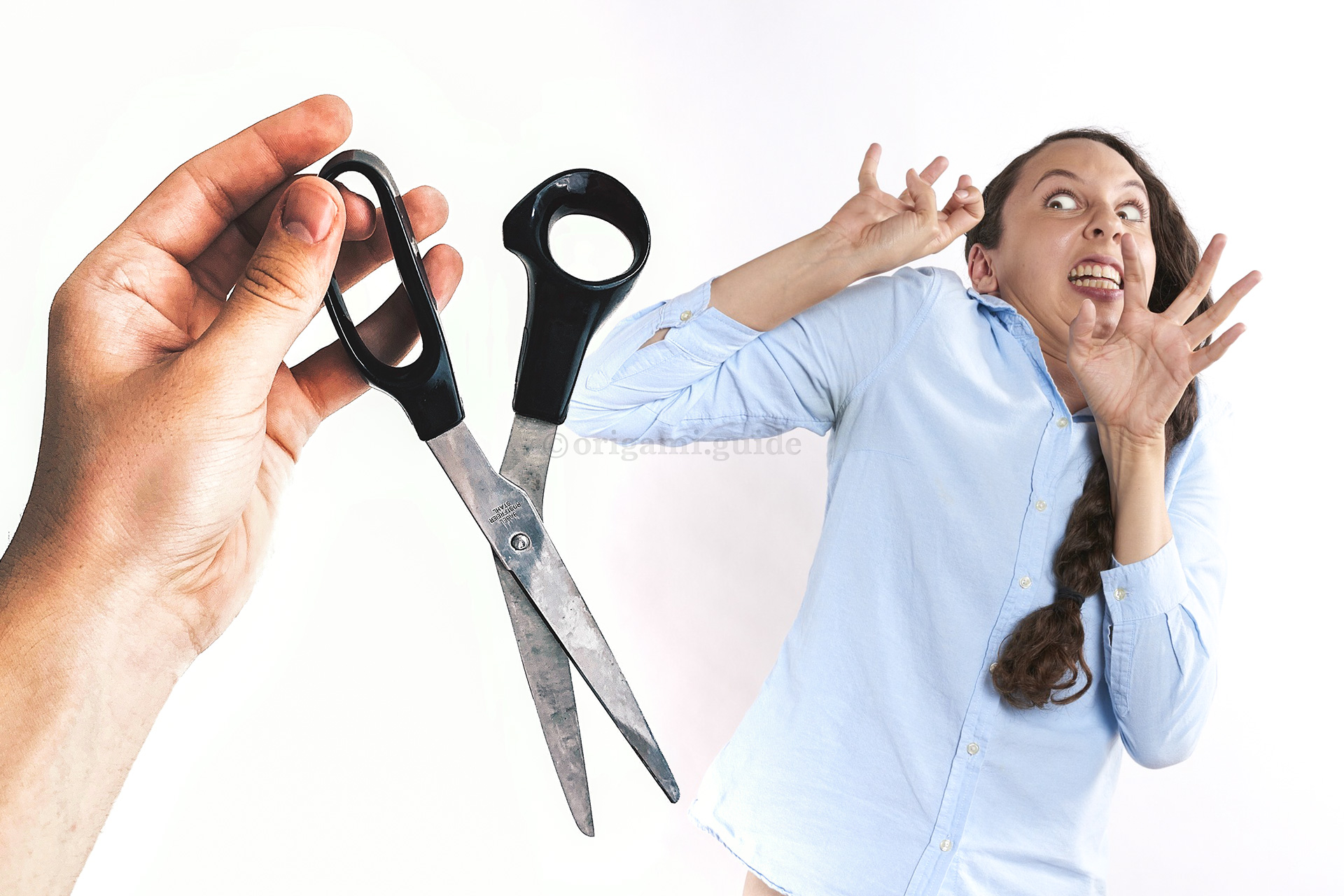
What is Pure Origami?
Pure origami is the general idea that origami is made from a single sheet of square paper and cannot require any cuts or glue.
Most people instantly conjure this idea when faced with the subject of origami. Pure origami is a relatively new concept. It is unclear as to who, when or where this idea came from.
The why is quite obvious, these rules make designing origami models more of a challenge. Just like there are some who believe you must follow certain rules for cooking, sewing and other method based arts and crafts.

The rules of pure origami:
- You must start with a single square sheet of paper.
- You cannot use glue, sticky tape or other adhesives.
- No cutting is allowed.
- The origami model has no decorations.
What is Pureland Origami?
Pureland origami is a concept thought up by British origami designer John Smith in the 1970’s. John took the idea of Pure Origami one step further. In Pureland Origami, you must follow the rules of pure origami, with a couple of additional rules:
- You must only use mountain and valley folds.
- Opening up folds and refolding is only allowed if no new folds are created in the process.
The name Pureland comes from the use of only mountain and valley folds.
You can read more about Pureland origami here, where John Smith himself explains the rules and reasons behind the idea.
Traditional Origami “Rules”
Some people actually get angry about the use of cuts and glue in origami. These people have an unjustified motivation to correct designers on what is or what is not origami.
Traditional origami or origami in general has only one rule. Fold Paper.
Fold the paper and you get an origami model. There are no rules.
Many traditional Japanese origami texts from hundreds of years ago contain models including cuts and glue.
A great example of this is the Senbazuru Orikata, a beautiful Japanese book published in 1797 that instructs on many different origami cranes.
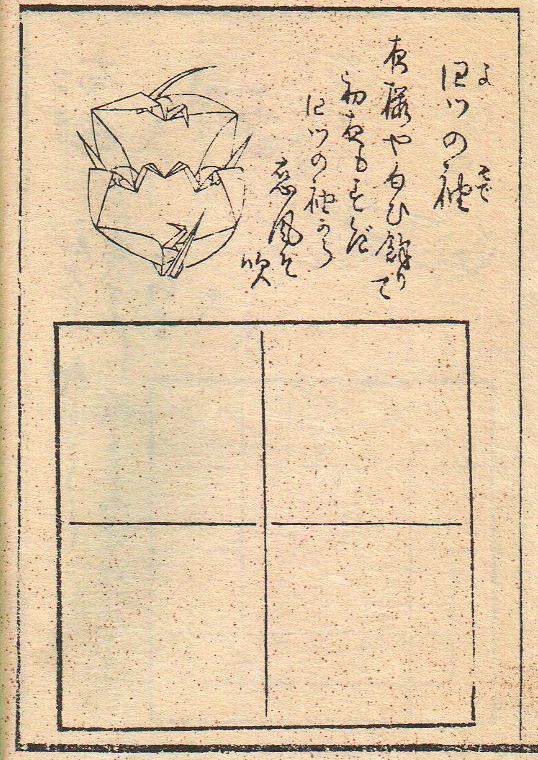
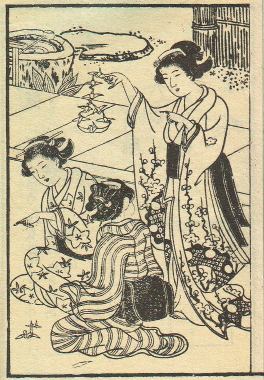
The Senbazuru Orikata is the first known origami book ever, and many of the models require cuts.
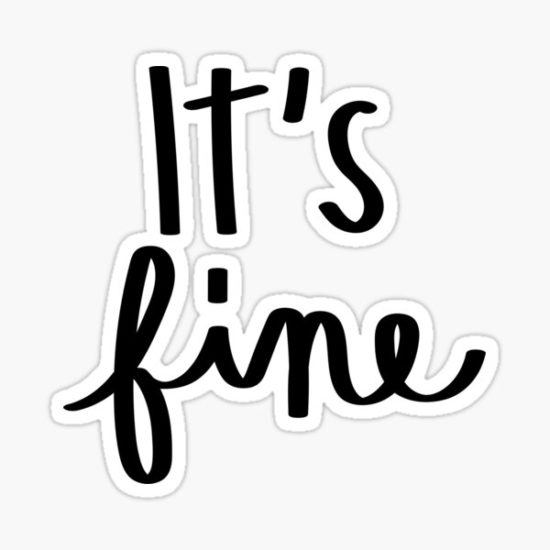
There are quite a few different types of origami such as modular origami, golden venture origami and tessellation origami, some of which require glue.
There is truly no need for anyone to get upset about the use of a few dabs of glue.
It is personal choice as to whether you want to use glue or cuts in origami.
There is a certain point when so much glue is used, it becomes paper craft, that point is entirely a personal judgement.
In our opinion, origami is a model that has been created using predominantly origami folds such as mountain and valley folds, squash folds, reverse folds and the like. Any use of glue and cutting in our opinion should be a finishing touch or a step that further stabilises the model. An example of this would be to fix modular origami together with glue, because if no glue is used it would easily come apart when hung up for display.
To summerise
You can do whatever you like, the origami police have no power over your origami art, it’s also good to know that you are free to use some glue and/or cuts in your origami designs, if you want to that is!
Click here to learn more about the history of origami.

